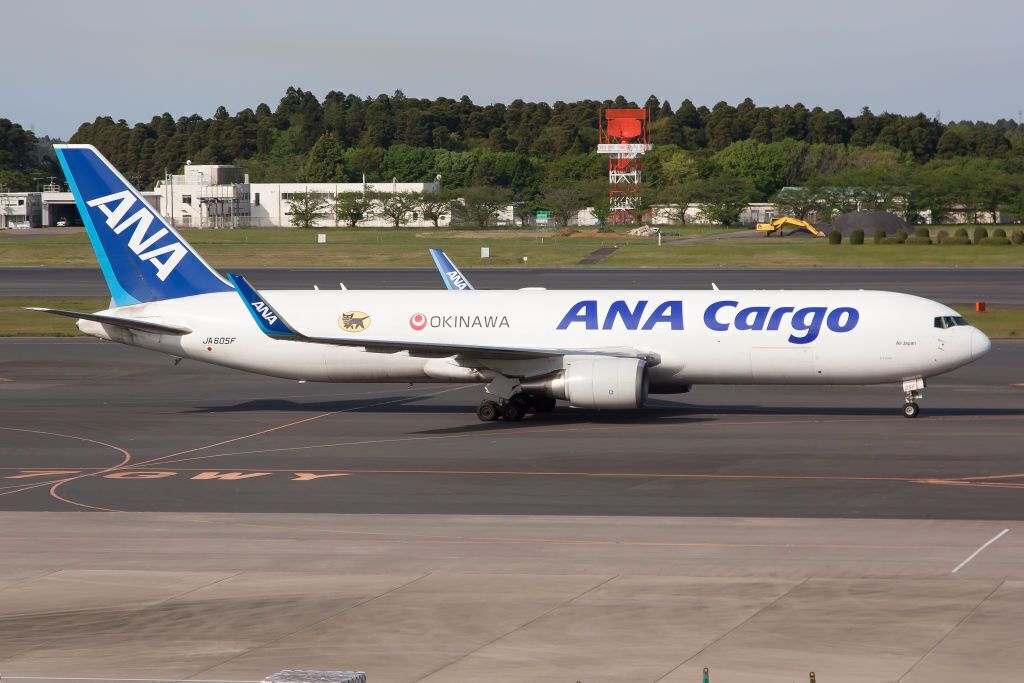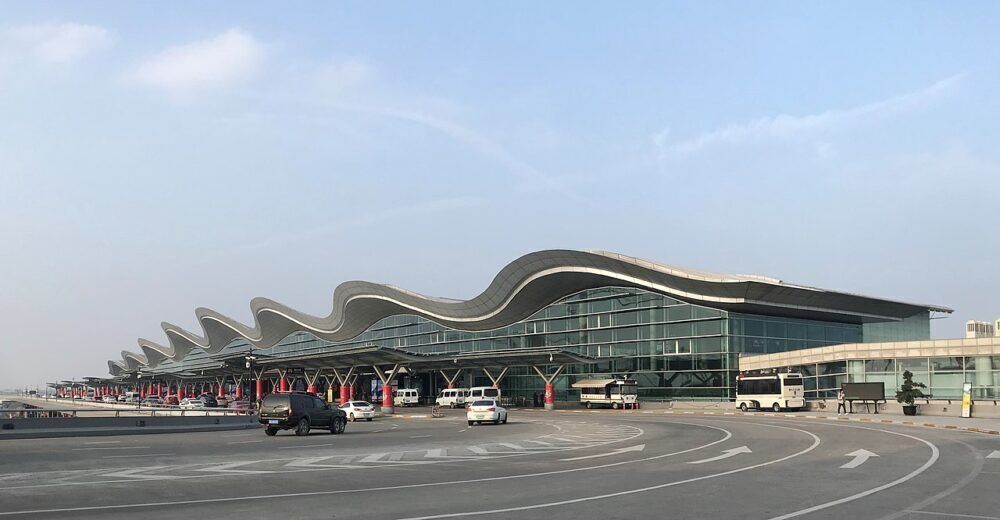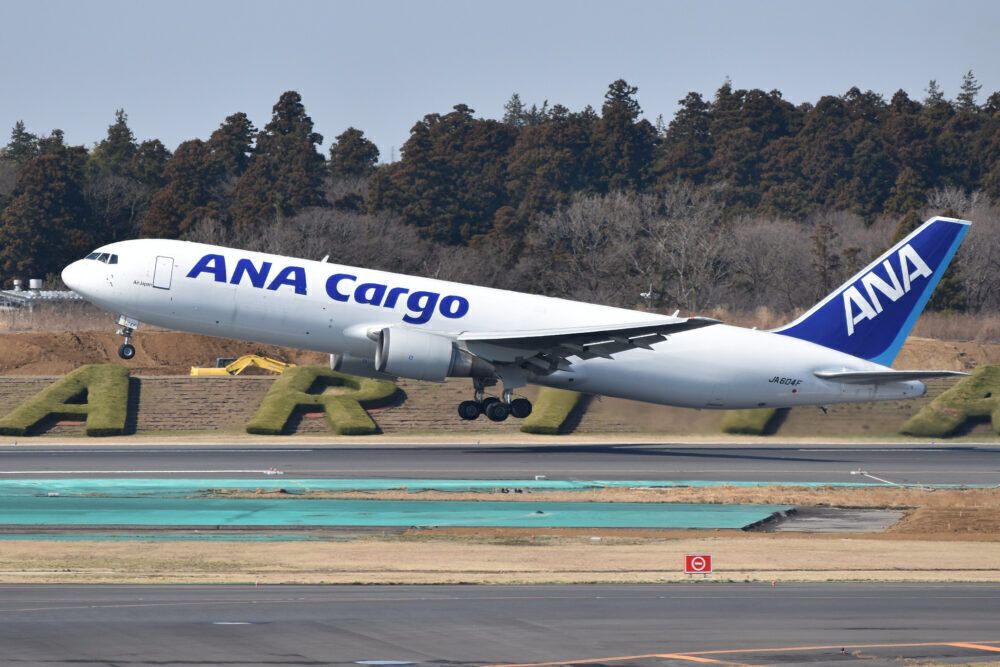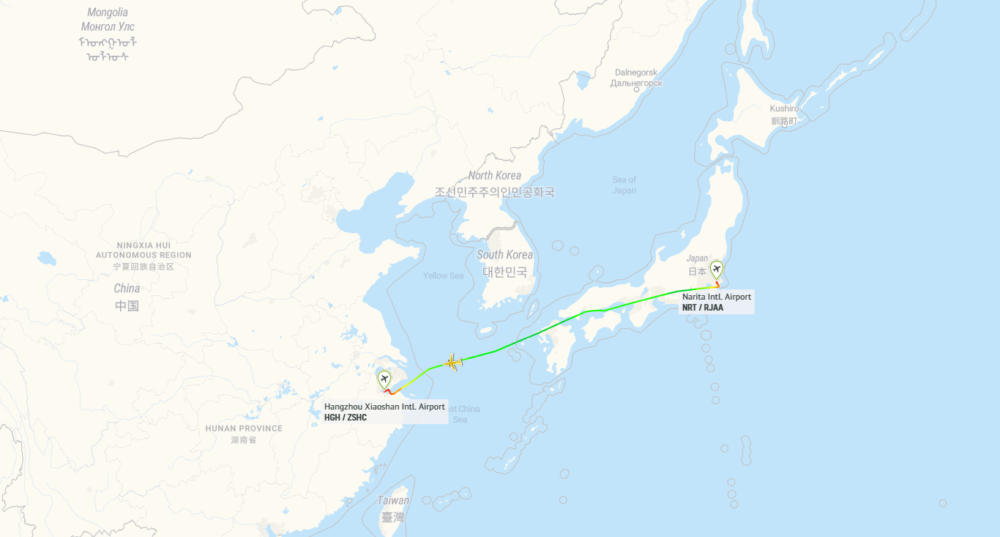Japanese carrier and Star Alliance member All Nippon Airways (ANA) is the country's largest airline by passenger numbers. However, it also has a reasonably sizeable cargo division. Like many freight-focused airlines, ANA Cargo is presently operating a more diverse network than usual amid the ongoing coronavirus pandemic. Its latest expansion will see it operate two round trips to Hangzhou, China using its cargo-carrying Boeing 767 freighters.
Two cargo-carrying round trips
In a statement seen by Simple Flying, ANA announced today that it would be flying two round trips to China's Hangzhou Xiaoshan International Airport (HGH) towards the end of the month. The flights will depart from the airline's Tokyo Narita (NRT) hub. Commenting on the new route, ANA Cargo, and its President Toshiaki Toyama, stated that:
"ANA is operating the freighters in response to increased demand for transportation of cargo with the growth of cross-border e-commerce. (...) Hangzhou represents a vital industrial hub, and we are excited to offer a direct link between the city and the Japanese market."
Stay informed: Sign up for our daily and weekly aviation news digests.
ANA Cargo will fly out from Tokyo to Hangzhou on two Sundays this month, namely the 20th and 27th. The return workings back to the Japanese capital will correspondingly take place the following day. The full schedule is as follows. All times are local.
- NH8529: Tokyo Narita 23:00 - Hangzhou 01:45 (+1), June 20th and 27th (Sundays).
- NH8530: Hangzhou 04:05 - Tokyo Narita 08:20, June 21st and 28th (Mondays).
The aircraft involved
According to its statement, ANA Cargo plans to deploy Boeing 767-300 freighters on these two rotations. Data from ch-aviation.com shows that the airline will therefore have a choice of nine aircraft. Indeed, the database shows that ANA Cargo operates four standard 767-300Fs, as well as five examples of the 767-300BCF (Boeing Converted Freighter).
ANA states that the 767s will offer a "maximum load capacity [of] roughly 50 tons" on the route. These are relatively old aircraft, with the converted examples, in particular, averaging 25.6 years old. Meanwhile, the standard 767-300Fs have an average age of 17.2 years, compared to ANA's 20 passenger-carrying 767-300ERs at just 13.6 years old.
While on the subject of passenger-carrying aircraft, it is important to acknowledge the role that they are playing in ANA's cargo efforts. The airline, like many others, has utilized the downturn in passenger demand to deploy these aircraft on cargo flights. It states that:
"While adjusting our services to meet the changing market conditions and strong demand for cargo, ANA will operate more than 2,000 cargo flights using freighter and passenger aircraft in June. (...) Over the pasy year, ANA's cargo operations have helped maintain global supply chains."
Also a passenger corridor for ANA
By flying from Tokyo Narita to Hangzhou, ANA Cargo will join the airline's passenger-carrying division is having a presence on this corridor. Indeed, ANA already operates a weekly service for paying guests between the Japanese capital and China's east coast.
Interestingly enough, data from RadarBox.com shows that these services are also typically operated by the Boeing 767-300, albeit the passenger-carrying version. The outbound flight (NH929) has a scheduled duration of three hours and 45 minutes. Departure from Tokyo Narita takes place at 12:15 local time, with the arrival in Hangzhou set for 15:00.
This service operates every Thursday, as does the return working. This flight, numbered as NH930, departs Hangzhou at 16:30 local time following a 90-minute turnaround. The inbound service back to Tokyo is scheduled to take half an hour less, with the journey totaling three hours and 15 minutes. It touches down in the Japanese capital at 20:45.
What do you make of this route announcement? Have you ever flown to or from Hangzhou as a passenger? Let us know your thoughts and experiences in the comments.




